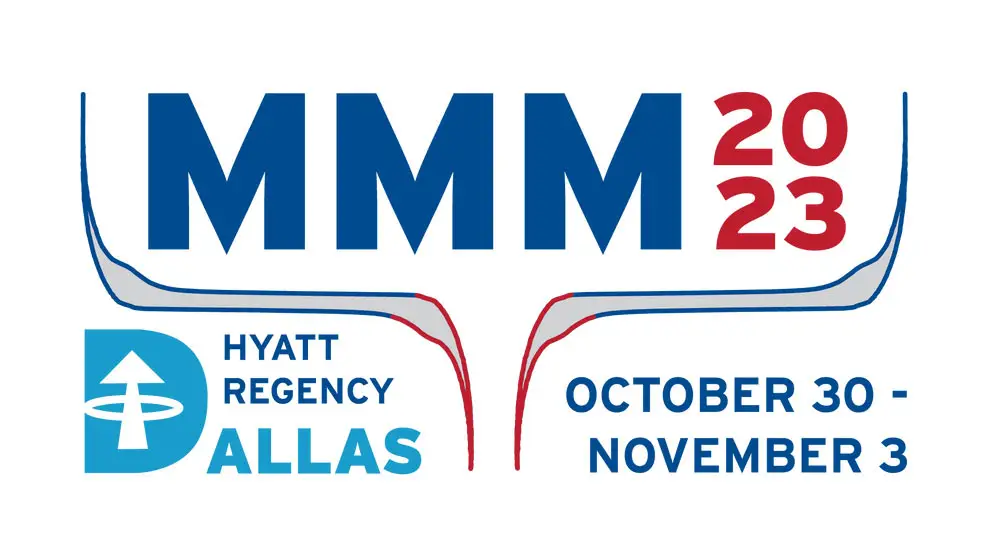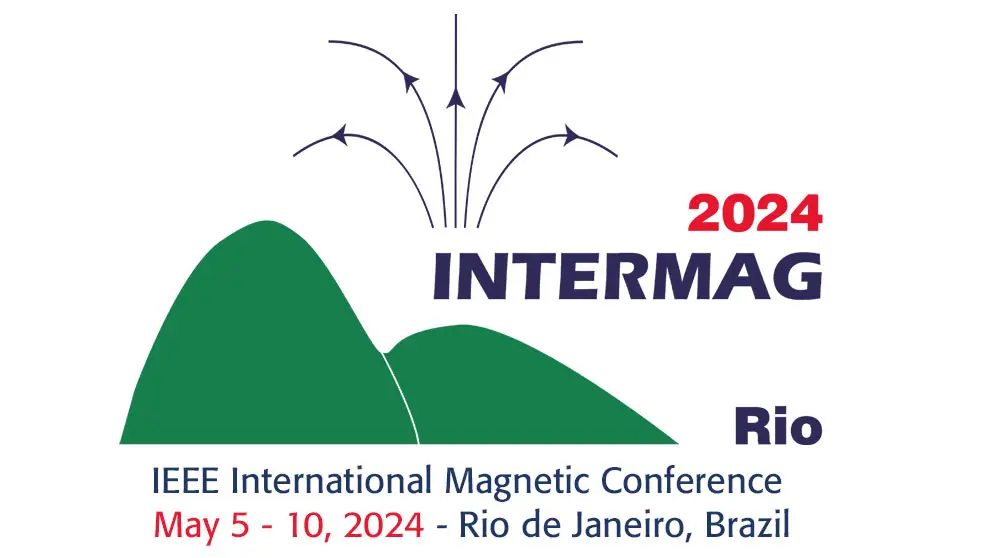FB-01: Spin Polarized Tunneling in Antiferromagnet/Insulator/Ferromagnet Tunnel Junctions
Chung-Tao Chou, Brooke C. McGoldrick, Thanh Nguyen, Supriya Ghosh, K. Andre Mkhoyan, Mingda Li, and Luqiao Liu
Oral
02 Nov 2023
Achieving a high tunneling magnetoresistance (TMR) in junctions with antiferromagnetic (AFM) electrodes has been an enthusiastically pursued goal in spintronics, with the prospect of employing AFMs as next-generation memory and spin logic devices. Traditionally, a finite TMR is believed to be forbidden in AFM tunnel junctions due to the translation-time reversal symmetry in most collinear AFMs. Recently a high TMR has been theoretically predicted in non-collinear AFM tunnel junctions [1] and verified experimentally [2, 3]. However, the underlying mechanism for the TMR and the relation between TMR and AFM ordering are still not fully understood, and the TMR ratios need to be further increased. The study of spin polarized tunneling from a ferromagnet (FM) to an AFM in asymmetric tunnel junctions is also lacking. In this work, we study Mn3Sn/MgO/CoFeB asymmetric tunnel junctions where AFM Mn3Sn and FM CoFeB serve as fixed layer and free layer, respectively. Large TMR ratios up to 49% are observed in these junctions and are comparable to that in conventional FM tunnel junctions. The large TMR suggests the effective spin polarization in non-collinear AFMs can be as large as that in FMs when proper tunneling barrier and counter electrode are selected. Furthermore, opposed to previous beliefs, the TMR cannot be toggled by reorienting the AFM ordering in the bulk Mn3Sn and remains stable under a few Tesla magnetic fields. We systematically demonstrate that this unexpected field resilience of TMR is because the interfacial region of AFM behaves differently from the bulk. The interface-bulk decoupling has not been shown in conventional FM tunnel junctions and is a unique feature of AFMs. The new physical mechanisms revealed by our results are critical for understanding spin polarized tunneling in AFM tunnel junctions and improving their performance, including increasing the TMR ratio and enhancing the field robustness.References: [1] J. Dong, X. Li, and G. Gurung, Phys. Rev. Lett. 128, 197201 (2022) [2] P. Qin, H. Yan, and X. Wang, Nature 613, 485–489 (2023) [3] X. Chen, T. Higo, and K. Tanaka, Nature 613, 490–495 (2023)


